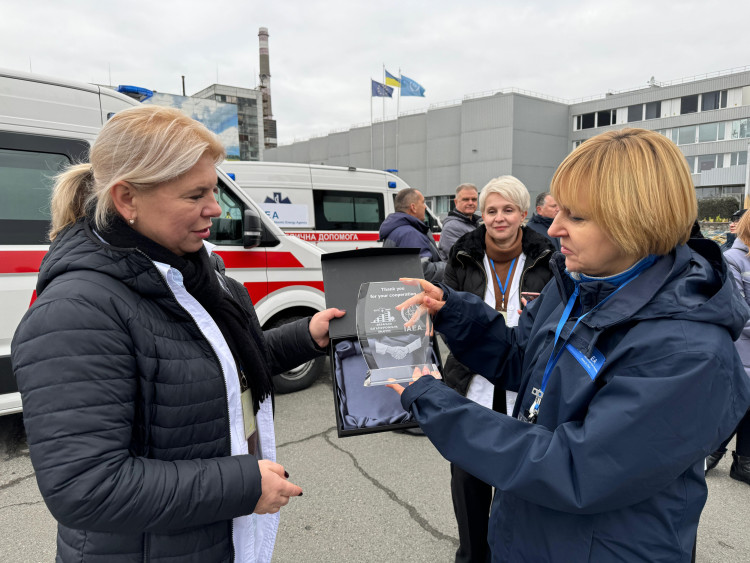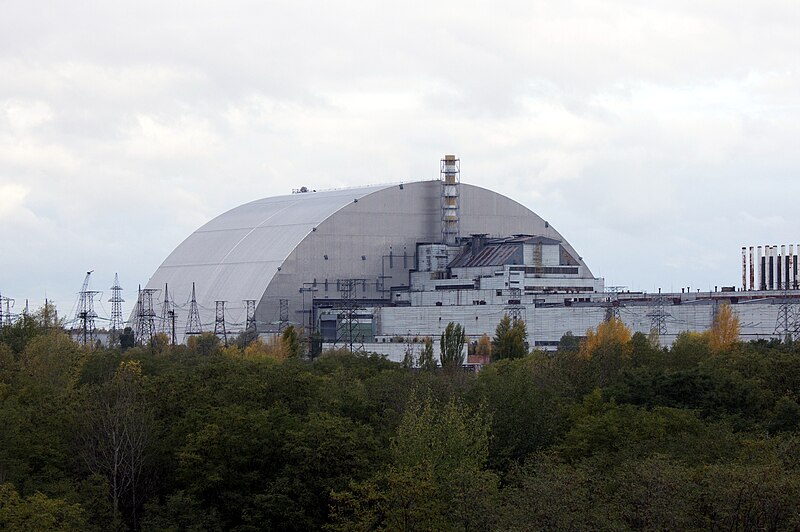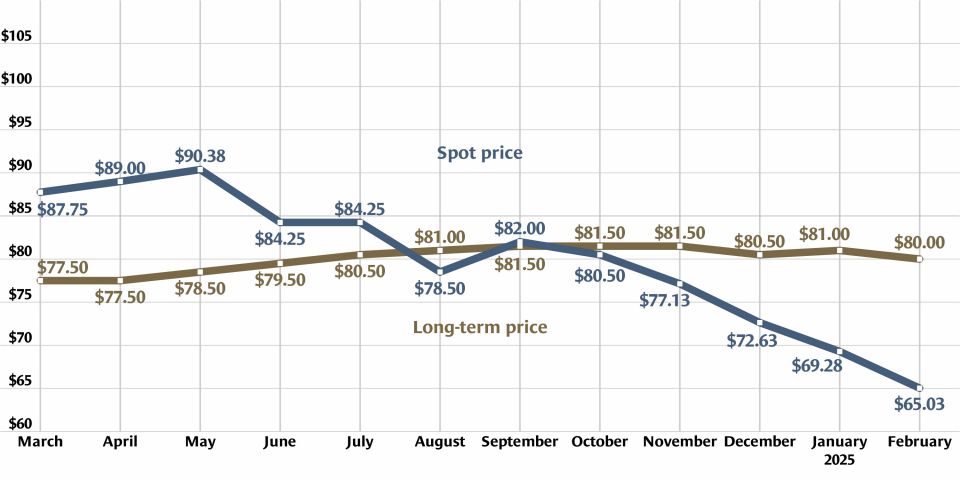Dealing with the aftermath of the Russian drone attack on the Chernobyl nuclear power plant. (Photo: State Emergency Service of Ukraine)
Ukraine’s State Emergency Service has finally gained full control over a blaze that started February 14 after a drone struck the protective dome over the destroyed reactor from the 1986 Chernobyl nuclear plant accident.
Emergency crews worked around the clock to contain the fires and minimize damage to the massive New Safe Confinement (NSC) structure built to prevent any radioactive release from the reactor remnants, according to the International Atomic Energy Agency. The drone ripped a hole larger than 500 square feet and caused fires that smoldered for weeks due to flammable materials in the 12-foot space between the outer and inner shells of the NSC.
After a 10-day period with no new fires, the site event was downgraded on March 7 from an “emergency” to a “controlled situation,” the IAEA reported in a news release this week.
Quotable: “The Ukrainian emergency services have worked very hard for several weeks in challenging circumstances, at times in freezing weather conditions. . . . The situation is now under control, which is very good news,” said Rafael Marino Grossi, director general of IAEA, which serves as the United Nations’ climate and nuclear watchdog.
“Nevertheless,” Grossi added, “I remain extremely concerned about the drone strike that took place a month ago. It posed a serious threat to nuclear safety and badly damaged the site’s New Safe Confinement, which was built at a huge expense for the international community. The challenging task ahead is to repair the structure and restore its confinement functionality. Attacking nuclear facilities is completely unacceptable.”
A closer look: The NSC was installed in 2019 over the top of the sarcophagus erected in the immediate aftermath of the Chernobyl accident. The shell cost about $2 billion and was supported by 45 countries.
The NSC is 486 feet long and 324 feet high. It serves multiple functions:
- To protect the environment from any potential release of radioactive material into the atmosphere.
- To prevent any degradation of the old shelter structure beneath it from external factors.
- To facilitate dismantling activities of the previous cover.
In the month since the drone strike—which is believed to be the work of Russia—the IAEA team confirmed that radiation levels inside and outside the NSC building remained normal and stable.
What’s next: The IAEA said the NSC is going to require extensive repairs. The drone strike compromised the structure’s confinement function, and the resulting fires led to widespread damage.
Plus, the ongoing conflict between Russia and Ukraine continues to fuel fears that another nuclear incident could occur. The State Nuclear Regulatory Inspectorate of Ukraine reported drone flights near Chernobyl during the night of March 8.








